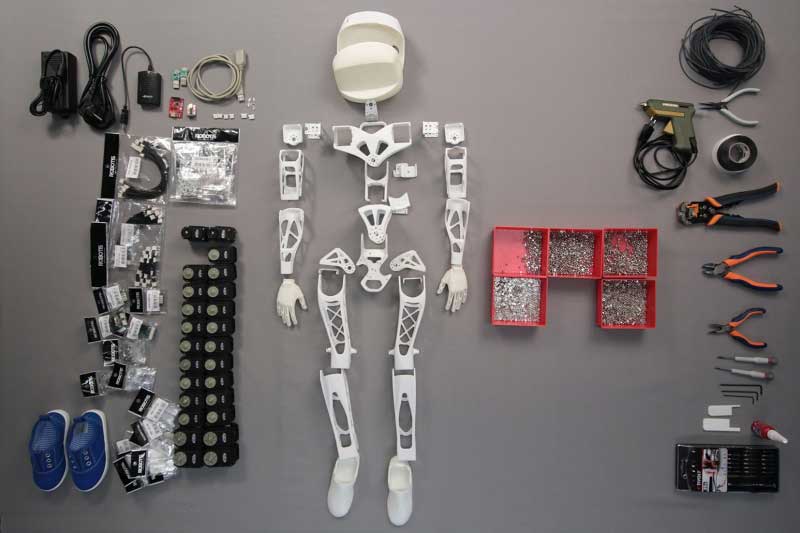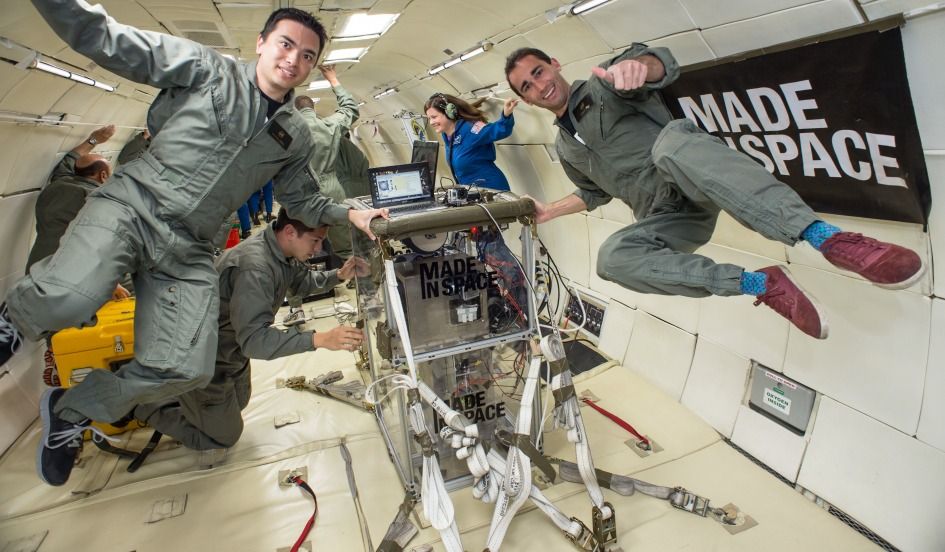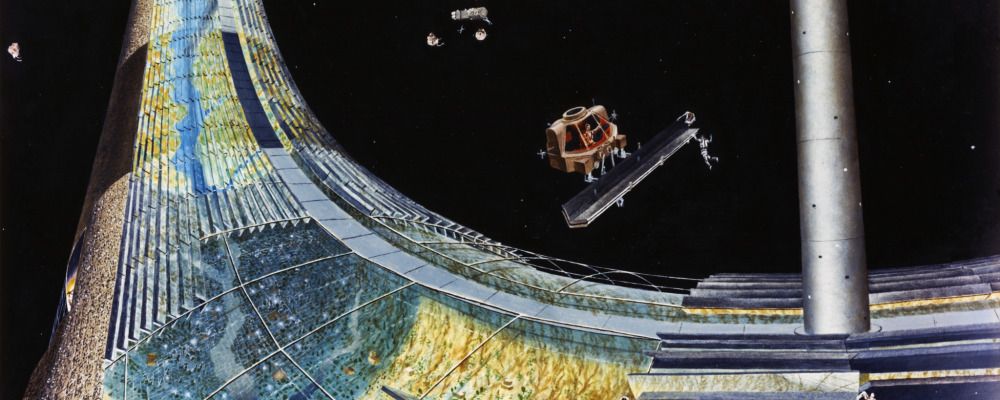Mar 19, 2015
3D-printed Iron Man gauntlet becomes a kid’s awesome bionic arm
Posted by Seb in category: 3D printing
— Endgadget
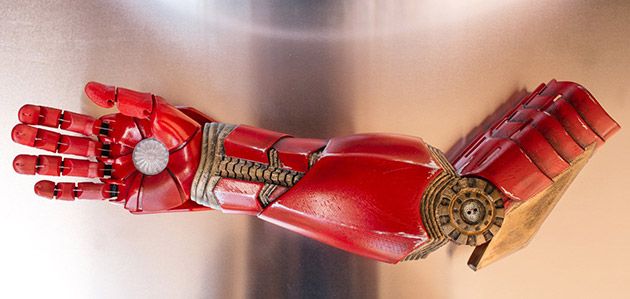
It looks like Iron Man’s arm, but it’s actually a fully-functioning bionic prosthetic for a seven-year-old kid. Electronically wired and capable of moving, it can, for instance, open and close its hand if the user flexes their bicep. The limb was created by Limbitless Solutions, a non-profit made up of engineering students from the University of Central Florida, using donations and money they saved by sacrificing coffee. They specialize in designing 3D-printed limbs for children, because kids will quickly outgrow more expensive bionic limbs. Sure, their creations don’t have the sense of touch and can’t be controlled by thoughts, but kids will definitely appreciate looking like their favorite robot or superhero.
Read more

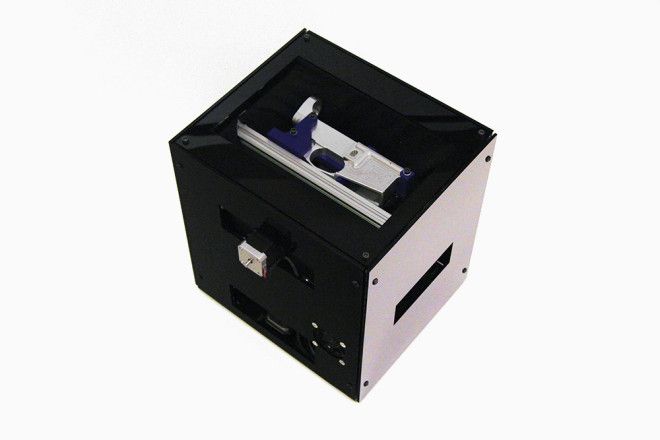
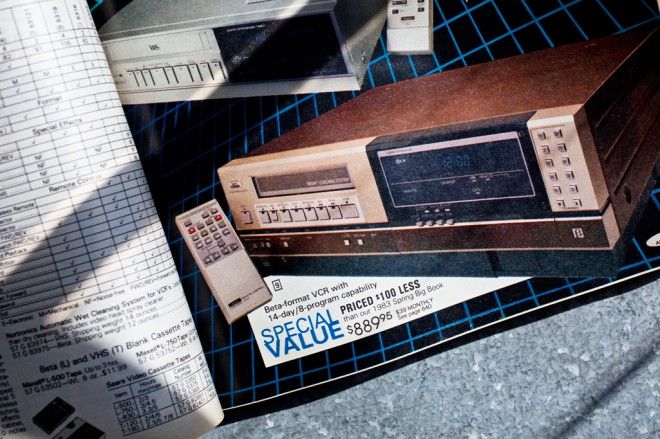
 manufacturing methods set to upend industry. Another method, subtractive manufacturing, is the yin to 3D printing’s yang.
manufacturing methods set to upend industry. Another method, subtractive manufacturing, is the yin to 3D printing’s yang.
